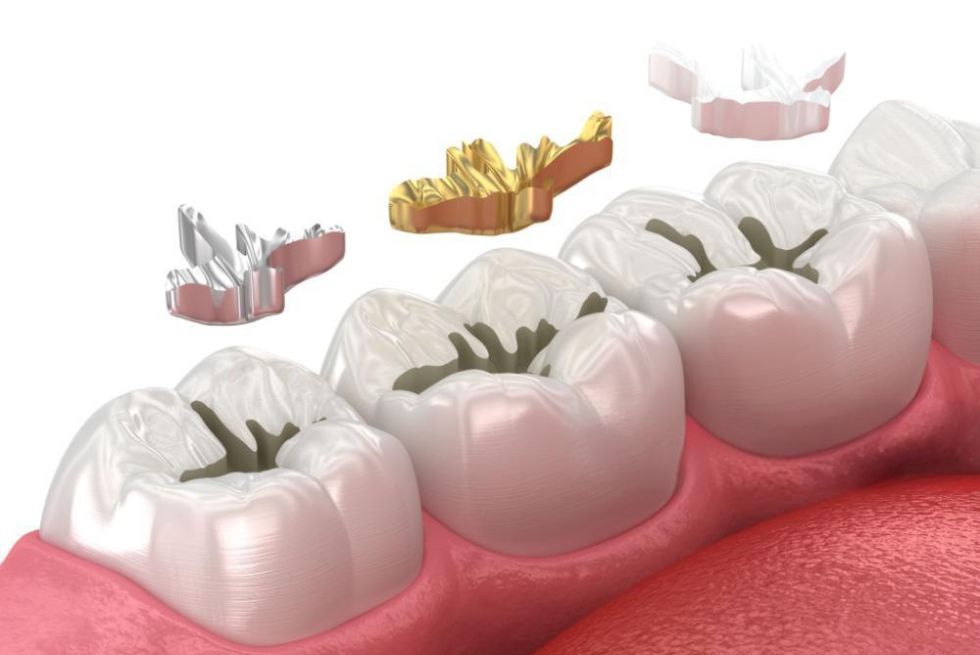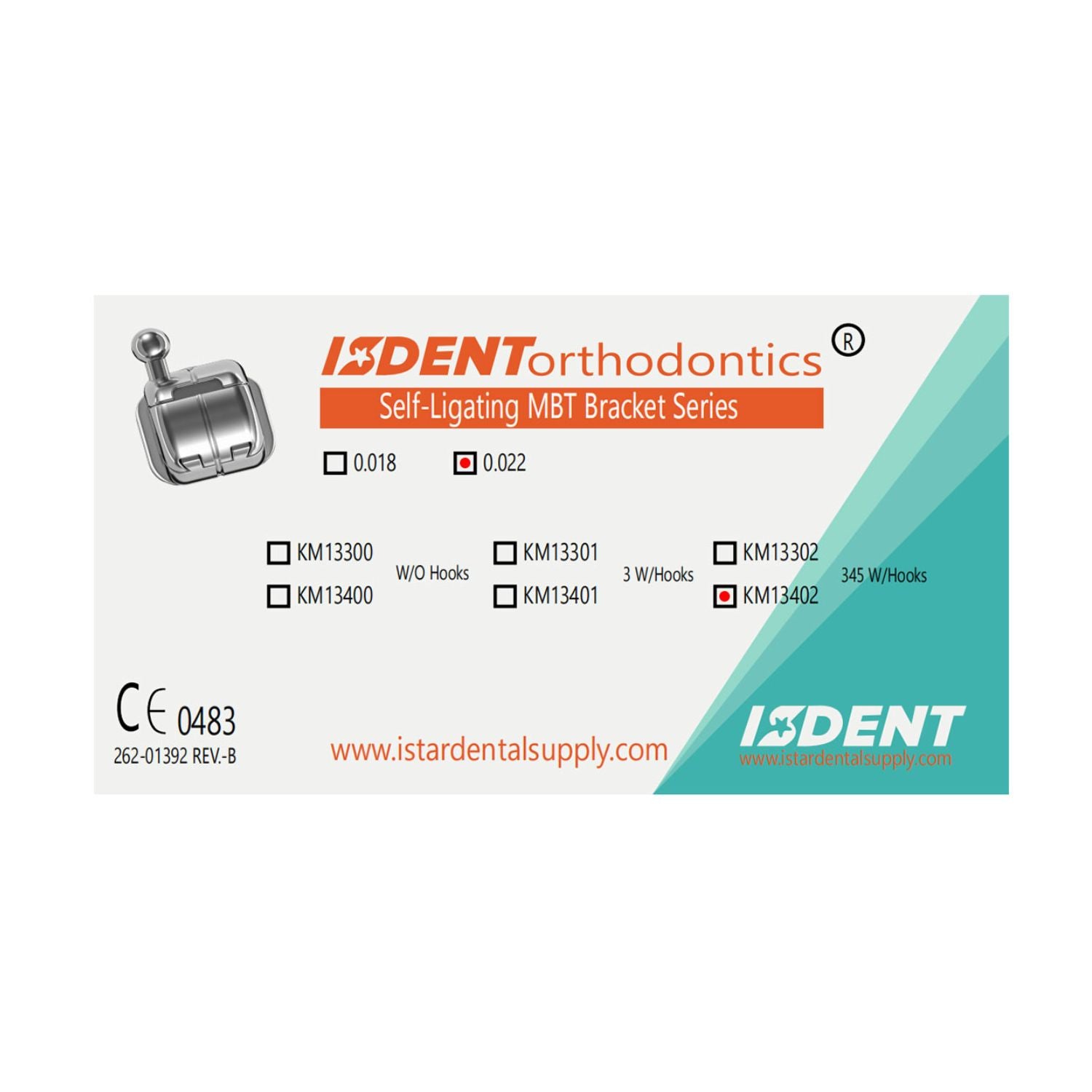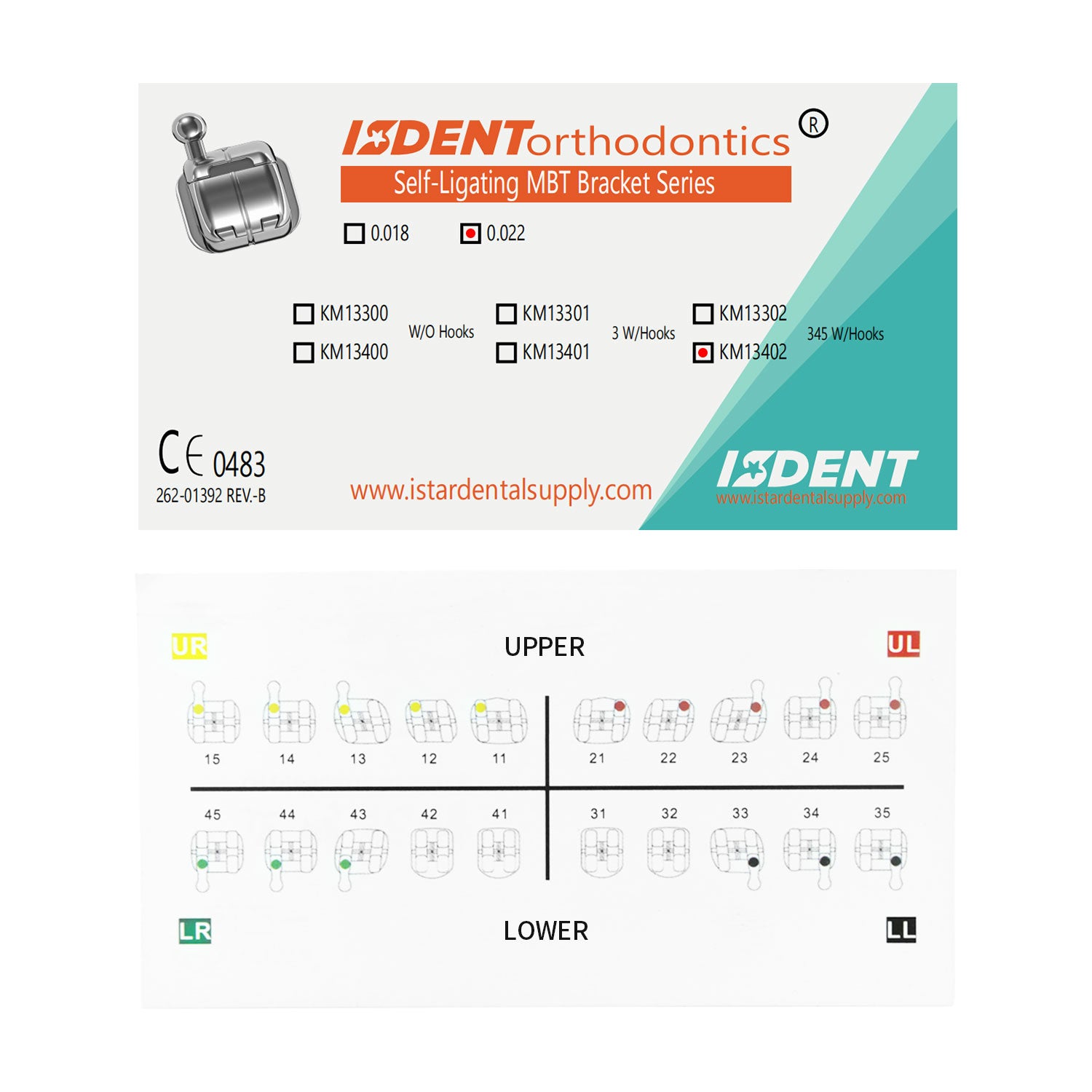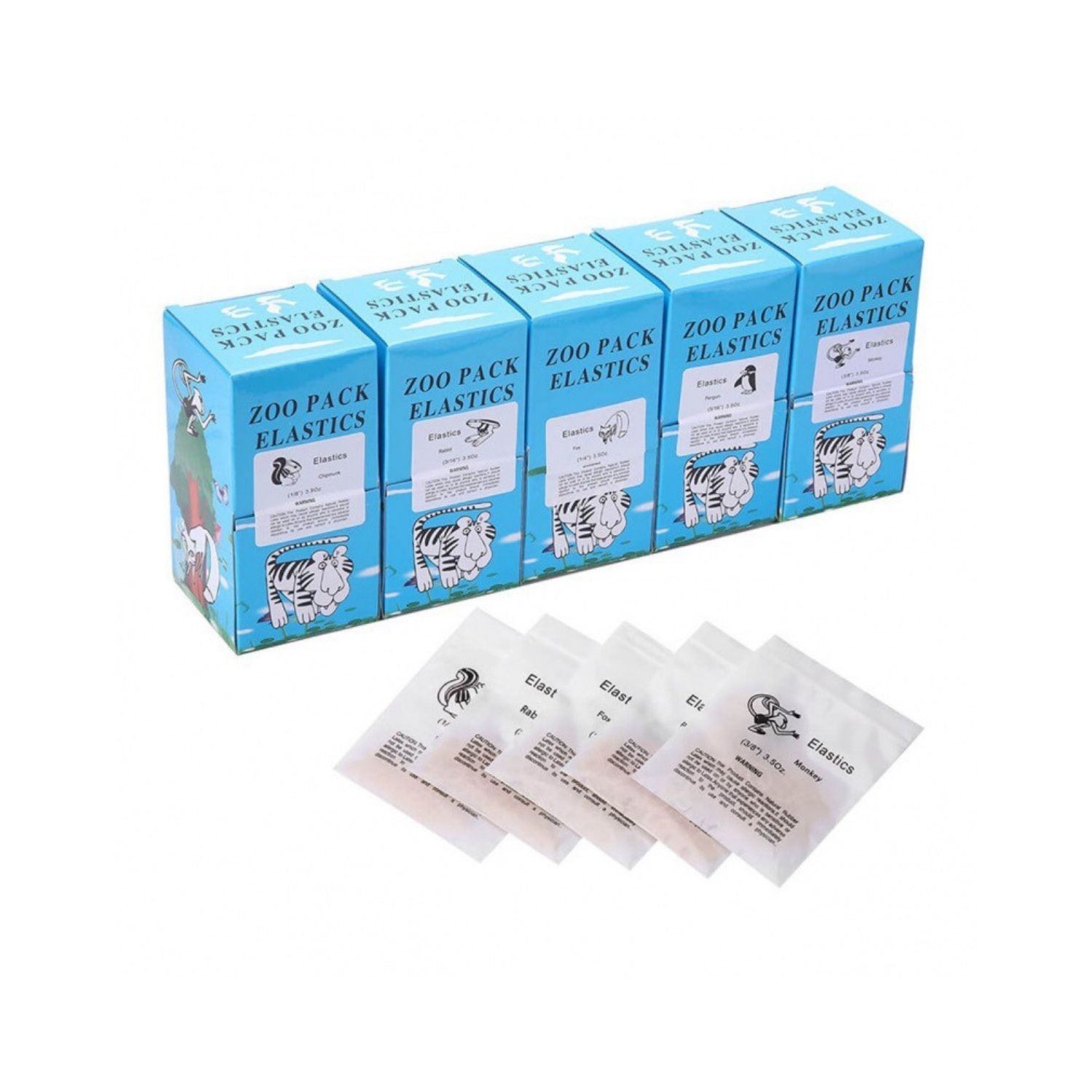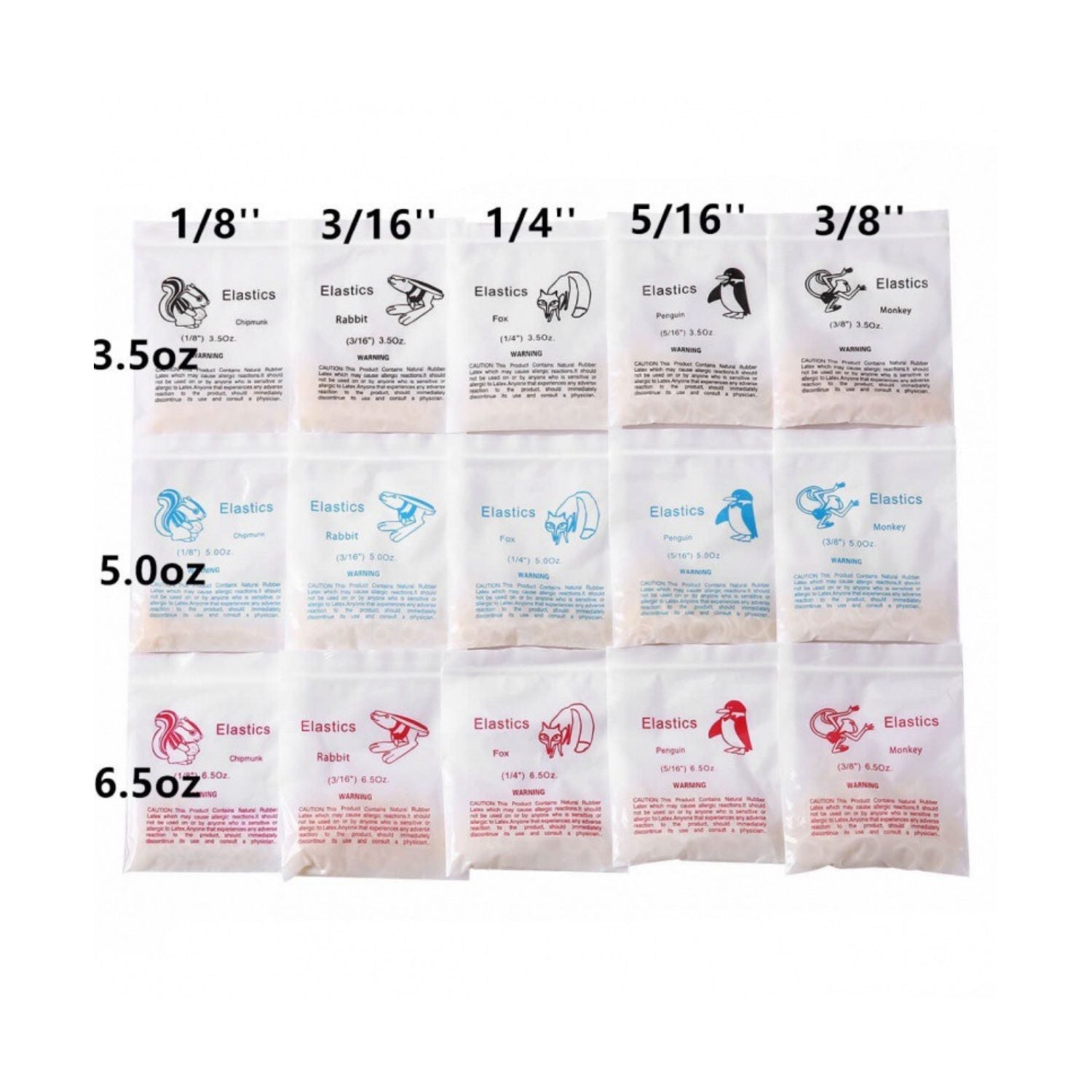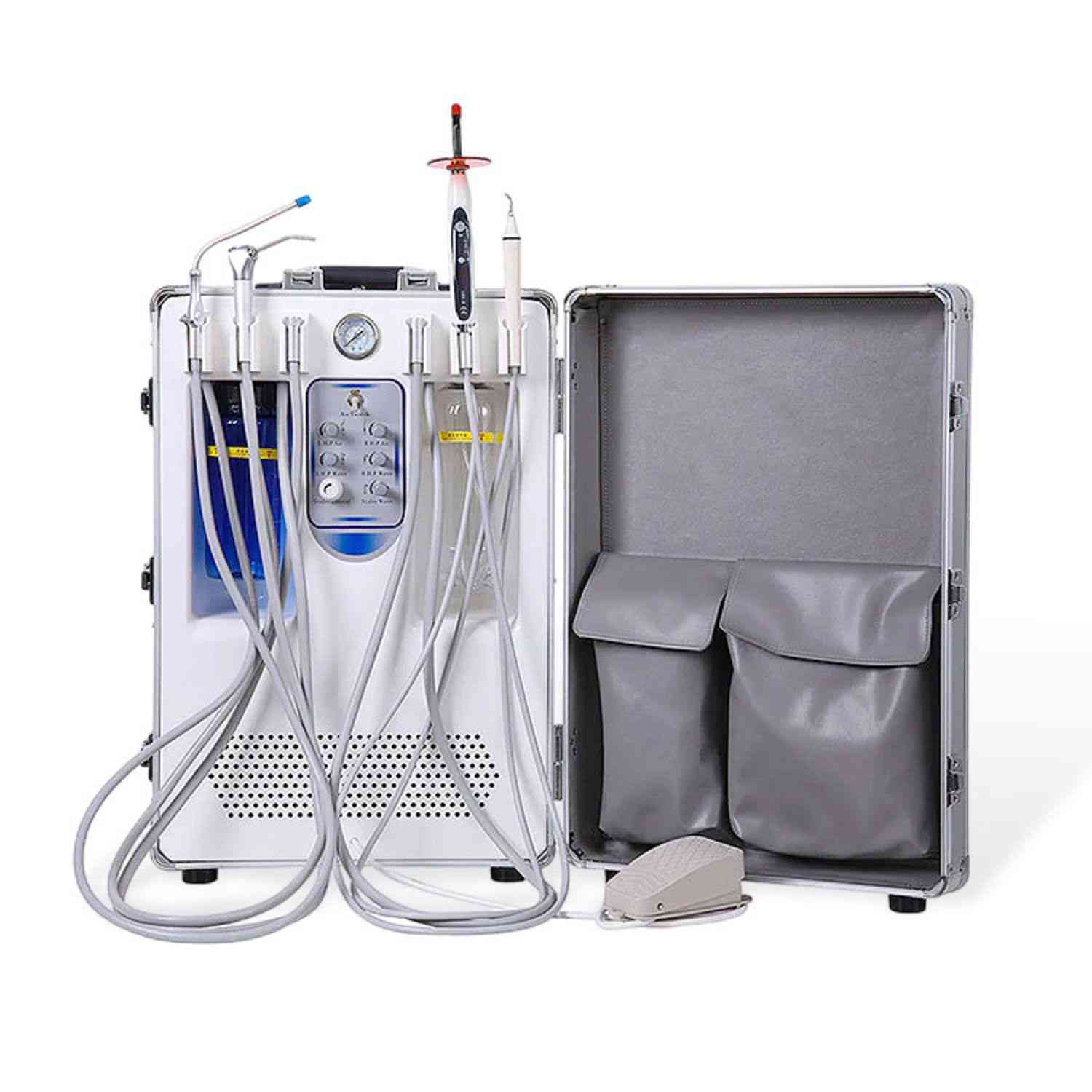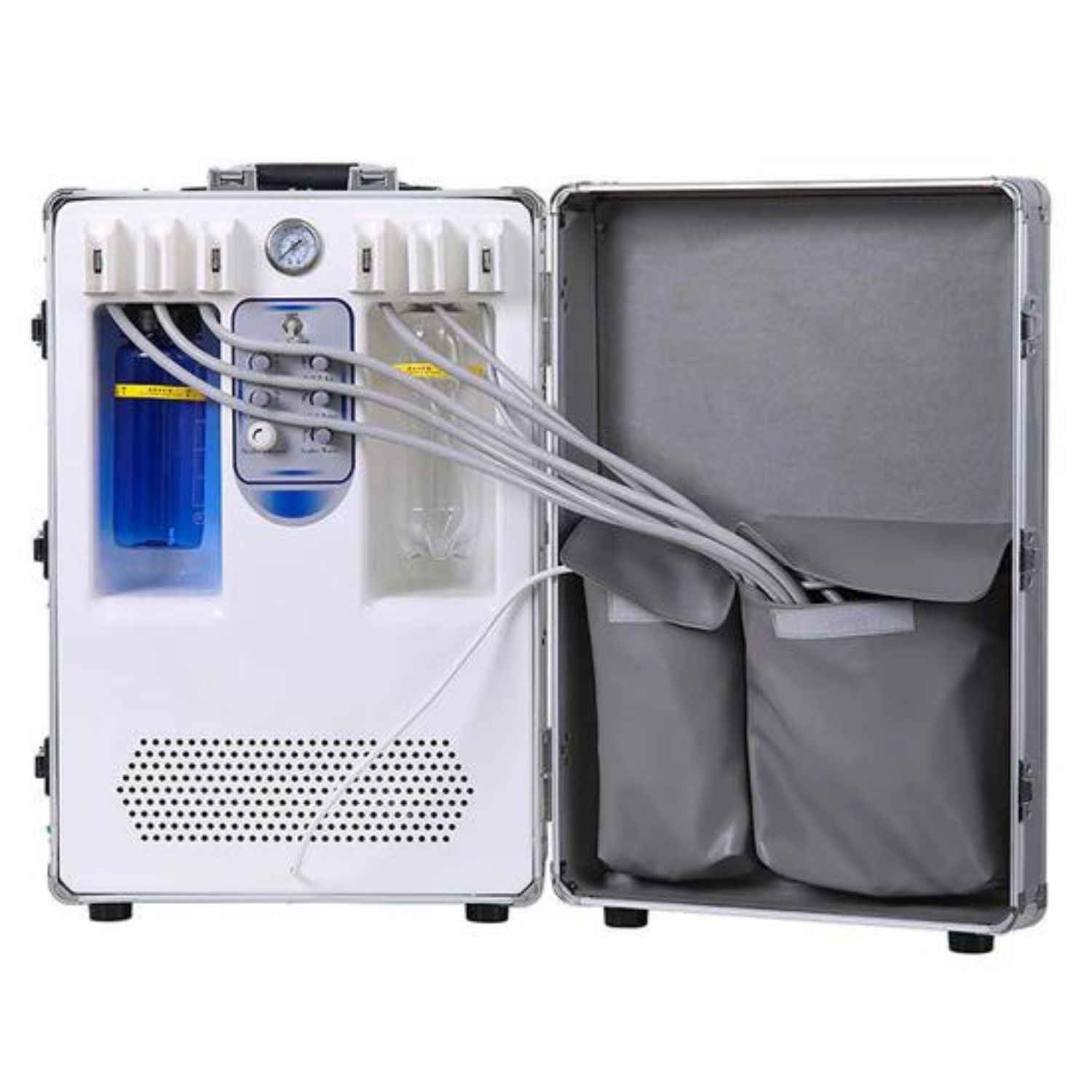Dental Filling – Which Type of Dental Filling Is Best for Your Tooth Health?
A dental filling might seem like a routine part of everyday dental health, yet it plays a critical role in restoring a tooth affected by tooth decay or other structural damage. If you’ve ever wondered which filling is best for your dental needs, or how fillings made with various substances stack up, you’re in the right place. This comprehensive guide helps you see why dental fillings made of different materials can keep your smile looking vibrant and healthy. By the end of this article, you will understand how fillings can protect your tooth structure, why you might require a dental filling, and how you can care for a dental filling long after the procedure.
As a global manufacturing hub for dental supply products, we at ISTAR Dental Supply understand how essential it is for dentist offices, dental clinic settings, dental lab workstations, dental hospital facilities, and dental school programs to have reliable, high-quality materials. With decades of specialized expertise, our manufacturing plants produce everything from advanced filling material tools to modern imaging devices—resources that help you and your patients achieve good dental health.

What Is a Dental Filling, and Why Is It Essential?
A dental filling is a restorative treatment used by a dentist to repair the tooth structure once a decayed portion of the tooth is removed. When you have a cavity, the dentist will remove the decayed tissue, clean the area, and place a filling material to seal off the space. Dental fillings are a type of solution that help prevent further deterioration while restoring the natural shape of your tooth.
In most cases, dental fillings are used to restore and protect damaged teeth so they function almost like natural teeth. This is why so many people eventually may need a dental filling—especially when facing early tooth decay. By stabilizing your tooth, a dental filling can safeguard your smile for years to come. Fillings help ensure that chewing, biting, and speaking remain as effortless as ever.
A Quick Stat Check:
- According to the American Dental Association, the majority of adults will develop at least one cavity in their lifetime.
- Dental fillings can last a significant amount of time, particularly if you care for them properly.
If you’re exploring cutting-edge equipment to support your practice or institution, check out our advanced Dental X Ray Machine for precise imaging that detects cavity development early on. At ISTAR Dental Supply, our manufacturing plants produce innovative tools that guide dentist offices in implementing seamless filling procedure protocols.
What Filling Material Options Are Available?
Today’s market offers different types of dental fillings, each with a unique material used. These options allow a dentist to customize the restoration based on the tooth in question, your budget, and aesthetic preferences. You might be wondering, Which is the best type of filling or the type of filling is best for me?
-
Composite Resin Fillings
- Also referred to as composite fillings, they are tooth-colored fillings that blend with the color of your teeth.
- Composite resin consists of composite material (plastic and silica) that bonds directly to the tooth structure, creating a secure seal.
- Perfect for visible teeth, but note that composite fillings wear out sooner than some other options.
-
Amalgam Filling
- An amalgam filling is often called a “silver filling,” although it includes mercury, silver, tin, and other metals.
- Amalgam fillings are less expensive than alternatives, and they are a widely common type of dental restoration.
- Studies show that amalgam fillings are safe for most patients; they’ve been used for decades and are recognized by professional bodies like the American Dental Association.
-
Gold Fillings
- Gold fillings are highly durable and can last for many years. In fact, gold fillings tend to outlast many other types.
- They can be quite costly, though, and some patients do not prefer the color.
-
Porcelain Fillings
- Also known as ceramic fillings, they are often made of porcelain or glass-like substances.
- Porcelain fillings are also widely chosen for their natural look and resilience.
-
Glass Ionomer Fillings
- These contain plastic and glass materials and are frequently placed near the gum line or in smaller restorations.
- Known for releasing fluoride, which may protect against further decay.
All these fillings are used to restore the function of a tooth. However, each type of dental filling involves differing costs, strengths, and lifespans, so it’s essential to talk to your dentist to determine the best approach. If you’re running a dental laboratory or clinic, we encourage you to explore our top-of-the-line Dental Handpiece selection for precise shaping and polishing of dental fillings.
How Does a Dentist Handle a Cavity During the Filling Procedure?
When getting a filling, your dentist will follow a series of steps. First, the dentist will remove the decayed portion. This might involve advanced tools and, in many cases, local anesthesia.
-
Area Preparation
- The dentist numbs the region around the cavity to minimize discomfort.
- Decay is extracted until healthy tooth structure remains.
-
Choosing the Type of Filling
- You and your dentist decide on the type of dental restoration that fits your needs—maybe you want composite resin fillings for front teeth or a robust amalgam filling for a back tooth.
- A filling may be selected because it blends well, or because it’s cost-effective, or both.
-
Filling Is Placed
- The chosen filling is made ready (mixed or pre-shaped), then set inside the prepped space.
- The final shape is adjusted to ensure proper bite alignment.
The entire dental filling procedure typically concludes in just one dental visit, although more complex solutions (like indirect filling) might take multiple appointments. Our High Speed Handpiece line can streamline your filling procedure by offering ergonomic grip and tremendous precision—proving our unstoppable commitment to supporting dentist offices worldwide.

Which Type of Dental Filling Best Suits Your Tooth?
Not every tooth requires the same material. Type of filling may be influenced by both location (e.g., front vs. back), cost, durability, or aesthetic concerns. Some folks like composite resin for a front tooth so it matches the color of your teeth, while back teeth chewing surfaces might do better with an amalgam filling, or even gold fillings if durability is a top priority.
-
Is an Amalgam Filling Best?
- An amalgam filling is robust and often less expensive than other types.
- However, if you find the metallic color undesirable, a composite or porcelain fillings might be more appealing.
-
Is a Composite Resin Filling More Aesthetic?
- A composite resin blends exceptionally well with existing tooth coloration.
- But keep in mind that composite might wear down sooner than amalgam fillings—especially with heavy biting forces.
-
Do You Prefer a Longer-Lasting Filling?
- Metal options like amalgam filling or gold fillings and porcelain fillings generally handle biting stress well.
- These fillings tend to last a decade or more, but fillings are more expensive for gold or porcelain.
At ISTAR Dental Supply, we believe convenience and durability go hand in hand. Our manufacturing excellence ensures we only source raw materials of the highest quality. Whether you’re a dentist in a small-town clinic or a large dental hospital, our Dental Unit can accommodate a broad range of filling procedure methods.
Are There Different Types of Indirect Filling Approaches?
Yes. An indirect filling is a restoration that is not shaped directly inside the tooth. Instead, it’s created in a dental laboratory before being bonded to the affected area. Types of indirect fillings include:
-
Inlays:
- Fit within the cusps of a tooth much like puzzle pieces.
- Frequently made from porcelain or gold, an inlay can be considered for moderate coverage.
-
Onlays:
- Cover more extensive areas, possibly including one or more cusps or the entire biting surface.
- Sometimes referred to as a partial crown.
-
Indirect Composite Resin:
- For those who prefer a composite material yet need improved strength.
- Fabricated in a lab setting and bonded later.
One advantage of indirect filling is that these restorations often match the color of your teeth more accurately than ready-made materials. Crafting is done externally, so the fit and contour can be extremely precise. This is also an area where porcelain fillings excel, combining sturdiness with a natural look. If you’re looking for ways to refine indirect restorations at your dental lab, we recommend exploring our Dental 3D LCD Printer for rapid and accurate prototyping—truly an excellent material for dental fillings design processes.
Could Gold Fillings or Porcelain Fillings Be Right for You?
So how do you know if gold fillings or porcelain fillings—also referred to as ceramic fillings—are a match for your restoration?
Gold Fillings
- Highly durable.
- May last 15 years or more.
- Gold filling tend to be noticeable, which not everyone prefers.
- The cost may be higher than standard amalgam filling.
Porcelain Fillings
- Typically made of porcelain, which is known for looking natural.
- Provide strong resistance to staining.
- Porcelain fillings are also recognized as strong but can be more expensive.
Porcelain fillings and gold fillings are considered premium choices, especially for individuals seeking a balance of aesthetics and longevity. If you want further insight, talk to a dentist to see which works best for your specific situation. Here at ISTAR Dental Supply, our mission is to help you maintain a seamless workflow without compromising on quality. One of the ways we do this is by offering a range of Dental Sterilization solutions, ensuring your practice remains safe and hygienic for every procedure.
How Long Do Dental Fillings Last, and Will You Need a Temporary Filling?
A permanent dental filling might endure for many years, but how long exactly fillings last depends on several factors: the type of filling, your oral hygiene, biting patterns, and the location of the filling. For instance, composite fillings might break down faster under intense chewing forces. On the other hand, gold filling can remain intact for well over a decade.
- Amalgam fillings cost less and can last anywhere between 10 to 15 years, given proper care.
- Fillings can last slightly shorter or longer depending on your dental health routine.
Temporary Filling
A temporary filling might be placed if:
- Your dentist needs to evaluate your tooth’s response before placing a permanent restoration.
- You have multiple procedures pending.
- You’re scheduled for a more complex indirect filling at a dental laboratory.
Although a temporary filling is short-lived, it still protects the tooth. You should follow up with your dentist for the permanent option.
Looking to upgrade your equipment for efficient interchange between temporary and permanent solutions? Our Orthodontics product line covers a broad spectrum of instruments that can be utilized across multiple specialties, ensuring you’re prepared for any scenario requiring a filling or bracket, from damaged teeth to existing teeth in need of advanced care.
What About Silver Fillings and Amalgam Filling Safety?
Silver fillings are indeed another name for silver amalgam fillings, which historically have been a common type of dental restoration. This dental amalgam is primarily composed of metals like mercury, silver, tin, and copper. While mercury has raised concerns over the years, numerous reputable institutions maintain that amalgam fillings are safe for the vast majority of patients.
- Amalgam Fillings Are Less costly than composite or gold.
- Many dentist offices and dental clinic teams still use them.
- They hold up well under significant chewing stress.
If you’re dealing with a larger cavity in a back tooth, an amalgam filling remains an option. Meanwhile, modern composites or porcelain fillings are favored for front teeth if aesthetics is a priority. Keep in mind that type of filling may hinge largely on your preferences, budget, and your dentist’s recommendation.
Do Dental Insurance Plans Cover the Filling Procedure?
You may wonder if dental insurance typically covers common types of fillings. The short answer: yes, to a large extent. Most dental insurance plans will cover a percentage of fillings cost, especially if a filling is medically necessary to fix a cavity.
- Amalgam fillings cost less, so some plans cover them more extensively.
- A more expensive type of filling like porcelain or gold might come with a higher out-of-pocket cost.
- Always verify your specific coverage, as dental insurance rules differ widely.
At ISTAR Dental Supply, we know just how important it is for dentist offices to offer flexible financial options to patients. By integrating advanced technology and streamlined workflows, your practice can reduce overhead and help patients receive timely fillings. For instance, installing a Dental Chair optimized for patient comfort might improve overall experience, helping them feel at ease with any procedure, whether it’s a basic cavity fix or an indirect filling.

Maintaining Teeth with Dental Fillings and the Importance of Follow-Ups
Now that you have your new dental filling, how do you keep it in tip-top shape? Proper care is essential to dental fillings help you maintain good dental health around your existing teeth:
-
Brush Twice a Day:
- Use a soft-bristled toothbrush and a fluoride toothpaste.
- Gentle brushing around the fillings helps prevent floss fraying.
-
Floss Daily:
- Eliminate plaque between teeth.
- Pay special attention to the edges of your dental filling as these areas can trap debris.
-
Schedule Regular Checkups:
- During follow-up appointments, your dentist checks if your cavity has further developed around or beneath a filling—although well-placed fillings are strong.
- Dentist might also monitor wear and tear.
-
Watch Your Biting Habits:
- Try not to use your teeth as “tools,” like opening bottles or tearing packages.
Teeth with dental fillings can look and feel almost identical to unmended teeth. Periodic evaluations are crucial so your dentist can intervene if your filling or tooth experiences damage. If you feel sharp tooth pain or extreme sensitivity, contact your dentist right away. Tools like an Ultrasonic Scaler are also indispensable for routine cleanings, ensuring the best possible longevity for your filling.
FAQs
How do I know which type of filling is best for my cavity?
Only your dentist can determine the best solution by factoring in location on the tooth, your aesthetic preferences, budget, and overall health. If you have a front tooth, a composite resin or porcelain fillings might better match the color of your teeth. For back teeth, amalgam filling or gold fillings could be more durable.
Is an amalgam filling always cheaper than a composite resin?
Usually, yes. Amalgam fillings are less expensive than many tooth-colored restorations. Still, keep in mind certain dentist offices might have comparable fees depending on their supply costs and technology used for each filling.
Why might I need a temporary filling?
A temporary filling could be placed if your dentist is waiting to see how your tooth will respond to treatment, or if you’re preparing for an indirect filling. This short-term solution still protects your tooth until your permanent filling is ready.
What if I have multiple cavities?
If you have multiple decayed areas, you may receive more than one dental procedure for each cavity. Some people prefer to handle a back tooth with an amalgam filling and a front tooth with composite resin. Coordination with your dentist helps ensure each tooth gets the necessary, individualized care.
Are composite resin fillings the same as tooth-colored fillings?
Yes, they are often referred to as composite fillings or tooth-colored fillings because they blend with your natural teeth. Composite fillings are made by combining silica or quartz filler with a resin base, yielding an aesthetic match.
How often do I need to replace my filling?
Remember that fillings can also degrade over time, although fillings can last for many years. Schedule routine checkups so your dentist can see if a filling has cracked or if a new cavity has formed around it.
Key Takeaways
- A dental filling is crucial to halt tooth decay and preserve the tooth after the dentist will remove the decayed area.
- Various filling material options—such as amalgam filling, composite resin fillings, gold fillings, and porcelain fillings—are available, each with unique pros and cons.
- Types of fillings are composite, metal-based, ceramic-based, or indirect filling solutions.
- Dental fillings are made in a dental laboratory, chairside, or via a mix of both approaches.
- Costs differ, and dental insurance plans may cover a portion of your filling procedure.
- Fillings are more expensive if made with precious metals or porcelain, but they often last longer.
- Fillings cost can be reduced by choosing simpler materials like amalgam filling—though cosmetic preferences might push you toward a filling that matches the color of your teeth.
- Good dental health involves daily brushing, flossing, and routine check-ups—practices that help ensure fillings last for many years.
- We at ISTAR Dental Supply stand as a reliable manufacturing partner for dentist facilities, dental clinic operations, dental hospital institutes, dental school programs, and dental lab professionals.
Ready to optimize your practice? Our carefully crafted solutions—from Dental Equipment to the perfect Low Speed Handpiece—cater to all your everyday procedure needs. If you have any questions or are looking to enhance the quality of your fillings with top-tier tools, contact us today. We’re more than happy to help you deliver a comfortable, precise, and trustworthy dental filling experience.
- Attention: Dental fillings can keep you pain-free and smiling.
- Interest: Different filling materials suit varied preferences.
- Desire: Make your practice or personal oral care smoother and more effective.
- Action: Reach out to ISTAR Dental Supply for high-quality, reliable, and customizable solutions.

